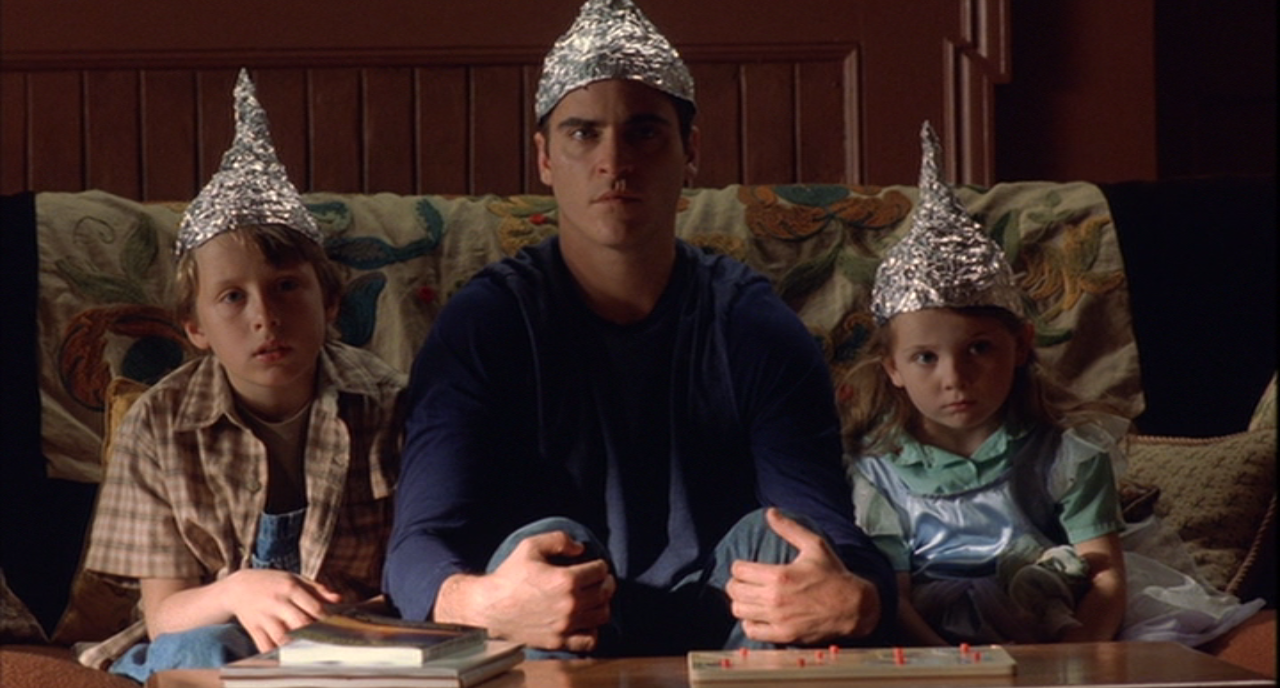You are using an out of date browser. It may not display this or other websites correctly.
You should upgrade or use an alternative browser.
You should upgrade or use an alternative browser.
Serangoon HDB block lifts plastered with notices urging residents to switch off Wi-Fi due to “radiation risks”
- Thread starter fordsolo
- Start date
More options
Who Replied?Sheepcat4.37
Suspended
- Joined
- Nov 15, 2023
- Messages
- 638
- Reaction score
- 1,130
That's exactly why I will try to never use anything microwavei think microwave oven more dangerous.
begintoend
High Supremacy Member
- Joined
- Jul 12, 2010
- Messages
- 43,666
- Reaction score
- 9,926
Knn I know liao
He wants more bandwidth to run his games.
He wants more bandwidth to run his games.
Philipkee
High Supremacy Member
- Joined
- Jun 8, 2013
- Messages
- 26,157
- Reaction score
- 15,424
Actually it’s TRUE. You need to realise last time old people TV is not our modern day TV so it was different thenRast time old people say cannot stand too near TV cos got radiation.
Ionizing radiation
editCRTs can emit a small amount of X-rayradiation; this is a result of the electron beam's bombardment of the shadow mask/aperture grille and phosphors, which produces bremsstrahlung (braking radiation) as the high-energy electrons are decelerated. The amount of radiation escaping the front of the monitor is widely considered to be not harmful. The Food and Drug Administration regulations in 21 CFR 1020.10 are used to strictly limit, for instance, TV receivers to 0.5 milliroentgens per hour at a distance of 5 cm (2 in) from any external surface; since 2007, most CRTs have emissions that fall well below this limit.[536] Note that the roentgen is an outdated unit and does not account for dose absorption. The conversion rate is about .877 roentgen per rem.[537] Assuming that the viewer absorbed the entire dose (which is unlikely), and that they watched TV for 2 hours a day, a .5 milliroentgen hourly dose would increase the viewers yearly dose by 320 millirem. For comparison, the average background radiation in the United States is 310 millirem a year. Negative effects of chronic radiation are not generally noticeable until doses over 20,000 millirem.[538]
The density of the x-rays that would be generated by a CRT is low because the raster scan of a typical CRT distributes the energy of the electron beam across the entire screen. Voltages above 15,000 volts are enough to generate "soft" x-rays. However, since CRTs may stay on for several hours at a time, the amount of x-rays generated by the CRT may become significant, hence the importance of using materials to shield against x-rays, such as the thick leaded glass and barium-strontium glass used in CRTs.[143]
Concerns about x-rays emitted by CRTs began in 1967 when it was found that TV sets made by General Electric were emitting "X-radiation in excess of desirable levels". It was later found that TV sets from all manufacturers were also emitting radiation. This caused TV industry representatives to be brought before a U.S. congressional committee, which later proposed a federal radiation regulation bill, which became the 1968 Radiation Control for Health and Safety Act. It was recommended to TV set owners to always be at a distance of at least 6 feet from the screen of the TV set, and to avoid "prolonged exposure" at the sides, rear or underneath a TV set. It was discovered that most of the radiation was directed downwards. Owners were also told to not modify their set's internals to avoid exposure to radiation. Headlines about "radioactive" TV sets continued until the end of the 1960s. There once was a proposal by two New York congressmen that would have forced TV set manufacturers to "go into homes to test all of the nation's 15 million color sets and to install radiation devices in them". The FDA eventually began regulating radiation emissions from all electronic products in the US.[539]
https://en.m.wikipedia.org/wiki/Cathode-ray_tube
Mechafanboy
Arch-Supremacy Member
- Joined
- Jan 31, 2014
- Messages
- 11,949
- Reaction score
- 8,927
Light is also a form of radiation, so is infrared emitted by the human body... Electromagnetic wave.
But they are not ionising radiation...
But they are not ionising radiation...
sango65
Master Member
- Joined
- Oct 21, 2013
- Messages
- 2,678
- Reaction score
- 1,767
so is air fryer better than microwave cos no radiation?i think microwave oven more dangerous.
Here's a breakdown of the comparison:
Feature Microwave Oven Wi-Fi Router Type of Radiation Non-ionizing electromagnetic radiation (microwaves) Non-ionizing electromagnetic radiation (microwaves/radio waves) Frequency Around 2.45 GHz 2.4 GHz and 5 GHz (in dual-band routers) Power Output Very high (typically 600 - 1,500 Watts) Very low (typically 0.1 - 1.0 Watts) Purpose To heat food by causing water molecules to vibrate rapidly To transmit data packets wirelessly Shielding Heavily shielded to contain the high power inside a metal box (a Faraday cage) Minimal shielding, designed to broadcast the signal outward Safety Safe to use when the door is closed and the shielding is intact. Injuries are typically from hot food or liquid. Considered safe for human exposure because of its extremely low power. Potential for Harm Can cause thermal burns or tissue damage if directly exposed to the high-power, concentrated radiation. Does not have enough power to cause thermal effects (heating) on the human body.
anyway, keep switch on / off on router will spoilt the router?
Visor9999
High Supremacy Member
- Joined
- Mar 30, 2021
- Messages
- 44,555
- Reaction score
- 13,520
Yishun resident travelled to serangoon to create havoc?
854 direct bus from Yishun
mryongtan
Arch-Supremacy Member
- Joined
- Mar 15, 2001
- Messages
- 20,493
- Reaction score
- 3,574
Should tell the champion about 4g and then 5g……he would be covering himself with tinfoil 24/7
1982-1994
Great Supremacy Member
- Joined
- Oct 10, 2016
- Messages
- 59,907
- Reaction score
- 28,931
853. lah854 direct bus from Yishun
Chalkycliffs
Supremacy Member
- Joined
- Jun 7, 2013
- Messages
- 9,511
- Reaction score
- 3,958
Didn't know RFK Jr made a visit to Singapore ...

focus1974
Greater Supremacy Member
- Joined
- May 12, 2007
- Messages
- 89,292
- Reaction score
- 31,411
hope they can switch off the 5g and 4b mobile stations too 
coz i turned off my wifi.. my 5g signal still very strong...
i sibei scared... pass thru my walls from such a long distance. how powerful that is.
coz i turned off my wifi.. my 5g signal still very strong...
i sibei scared... pass thru my walls from such a long distance. how powerful that is.
Last edited:
lalalalalala
Great Supremacy Member
- Joined
- Dec 25, 2005
- Messages
- 50,873
- Reaction score
- 13,278
Lol write back that their wall socket also got radiation la
leaving_footsteps
Great Supremacy Member
- Joined
- Sep 3, 2005
- Messages
- 65,070
- Reaction score
- 4,248
Sunlight is radiation too.
Important Forum Advisory Note
This forum is moderated by volunteer moderators who will react only to members' feedback on posts. Moderators are not employees or representatives of HWZ. Forum members and moderators are responsible for their own posts.
Please refer to our Community Guidelines and Standards, Terms of Service and Member T&Cs for more information.
Please refer to our Community Guidelines and Standards, Terms of Service and Member T&Cs for more information.


